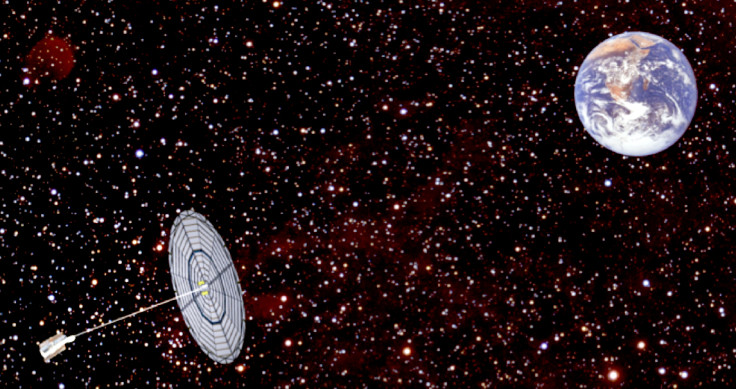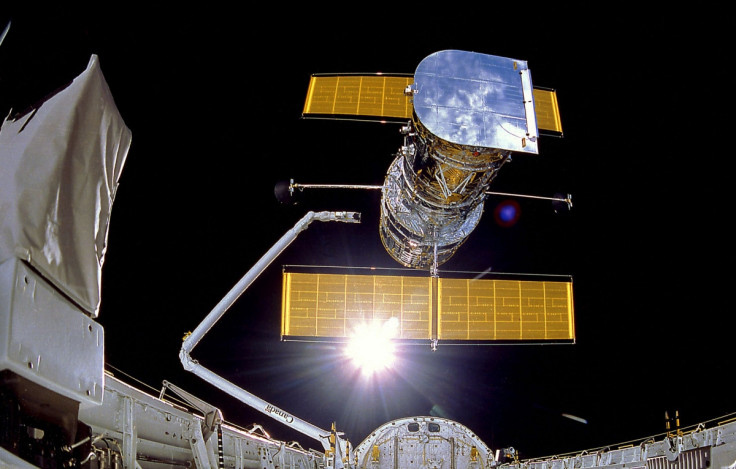Revolutionary lensless orbiting space telescope will be 1,000 times sharper than Hubble

Scientists from University of Colorado Boulder (CU-Boulder) in the US are working on a revolutionary lensless orbiting space telescope that will be able to provide images that are up to 1,000 the resolution of the Hubble Space Telescope.
The Aragoscope concept consists of an orbiting space telescope and an opaque disk in front of it that could be up to a half mile in diameter instead of a mirror.
Light waves from a star or other space object would bend around the edges of the disk, converging in a central point where the light is fed into the orbiting telescope to provide high-resolution images.
The telescope concept is named after the French scientist Francois Arago, who first detected diffracted light waves around a disk.
"The opaque disk of the Aragoscope works in a similar way to a basic lens," said CU-Boulder doctoral student Anthony Harness of the Department of Astrophysical and Planetary Sciences.
"The light diffracted around the edge of the circular disk travels the same path length to the centre and comes into focus as an image."
What can the Aragoscope telescope do?

Since image resolution increases with the diameter of the telescope, Harness said that being able to launch such a large, yet lightweight disk would allow astronomers to achieve higher-resolution images than with smaller, traditional space telescopes.
The invention would allow scientists to obtain images of space objects like black hole event horizons and plasma swaps between stars.
It could also be pointed towards Earth and would be able to capture images of objects as small as a rabbit, meaning it could be used to hunt for lost campers in the mountains.
The Aragoscope was one of 12 proposals selected by the NASA Innovative Advanced Concept (NIAC) programme in June 2014 for Phase One Funding of $100,000 (£66,114).
Another proposal selected by Nasa is the plan to sail a robotic submarine across the methane lakes on Titan, Saturn's largest moon.
In April, Nasa will pick six of the 12 proposals to receive Phase Two funding, which is an additional $500,000 over two years.
Demonstrating how the Aragoscope will work
The CU-Boulder researchers are working on a live astronomical demonstration of the Aragoscope in the lab, using a 1m diameter disk places several metres away from a telescope, with the light source places about 5-10m behind the disk.
The team are also planning to fix a space disk to a mountain top and attach a telescope to a hovering aircraft. If it works, it will allow them to obtain images of Alpha Centauri, a binary star system that appears as the third brightest star in the sky.
"Traditionally, space telescopes have essentially been monolithic pieces of glass like the Hubble Space Telescope," said Harness.
"But the heavier the space telescope, the more expensive the cost of the launch. We have found a way to solve that problem by putting large, lightweight optics into space that offer a much higher resolution and lower cost."
© Copyright IBTimes 2025. All rights reserved.






















